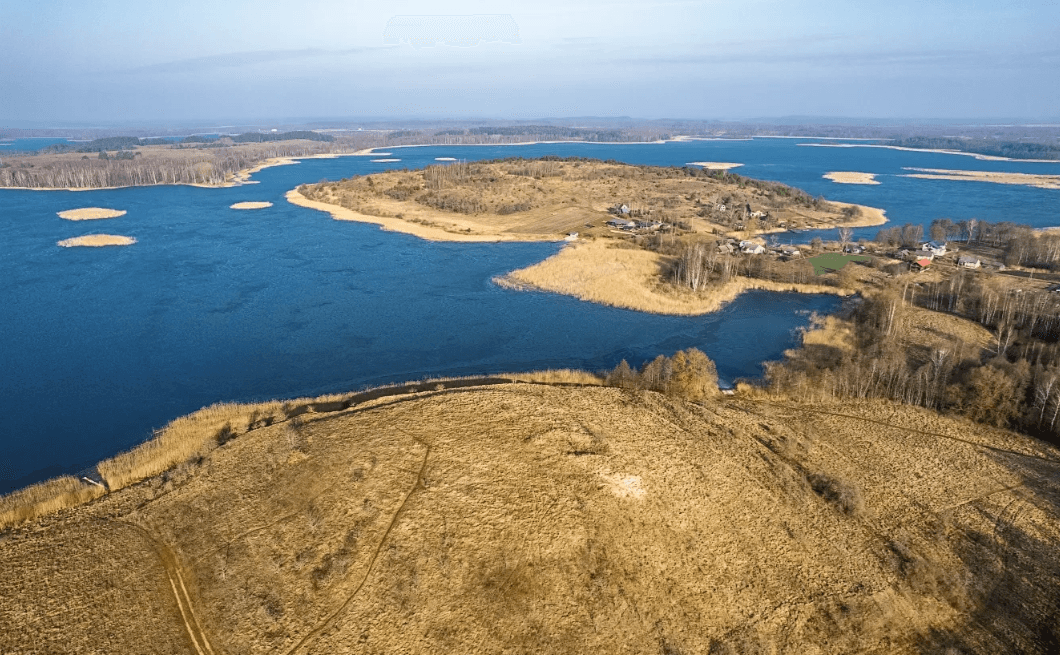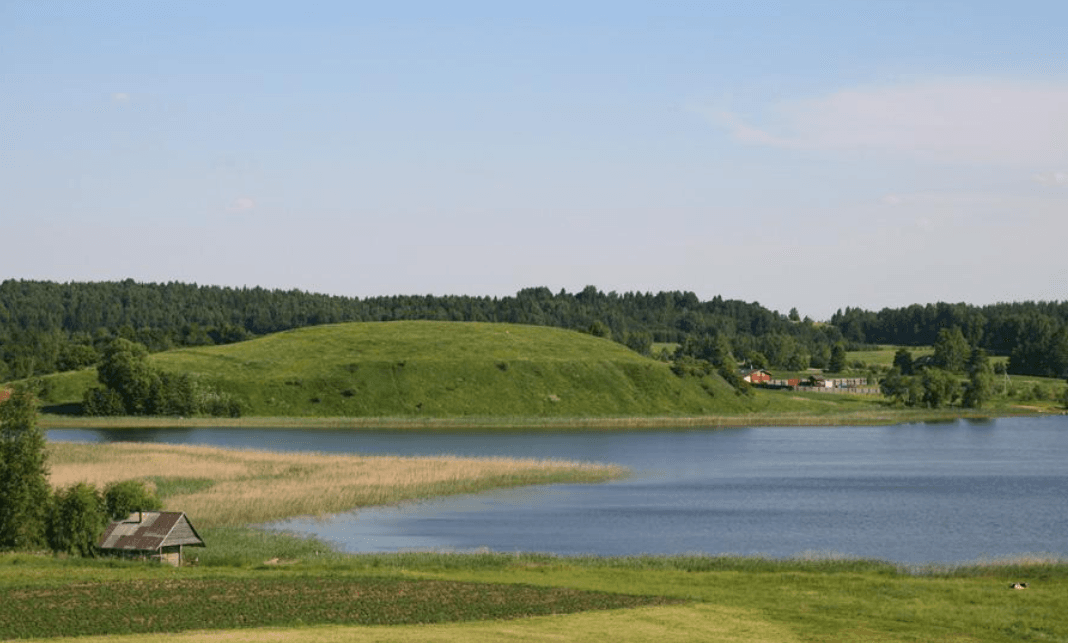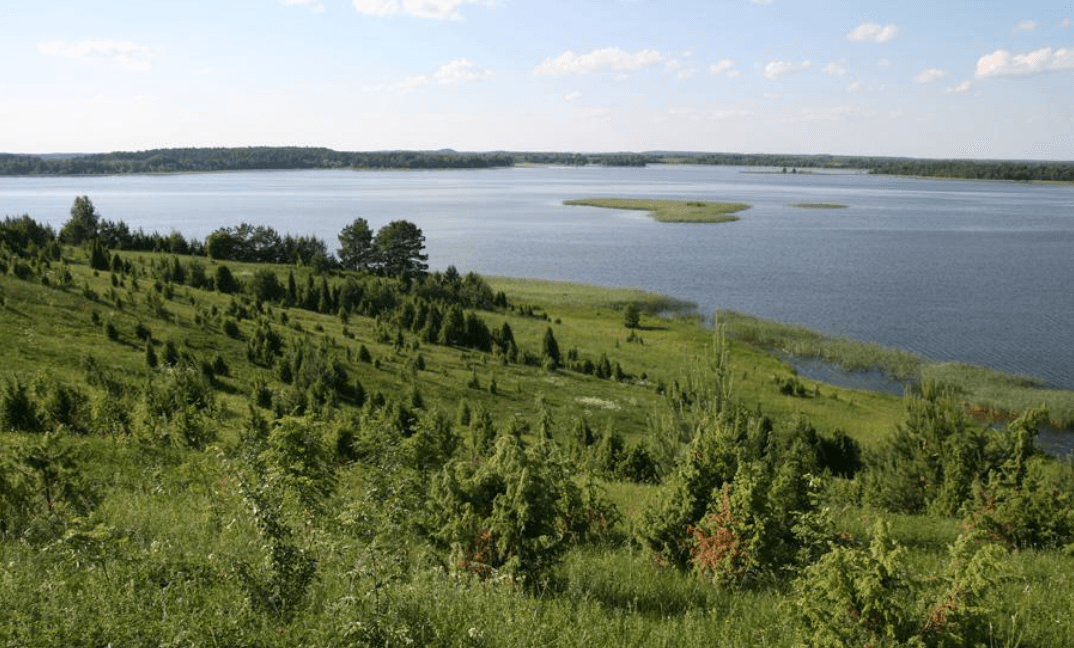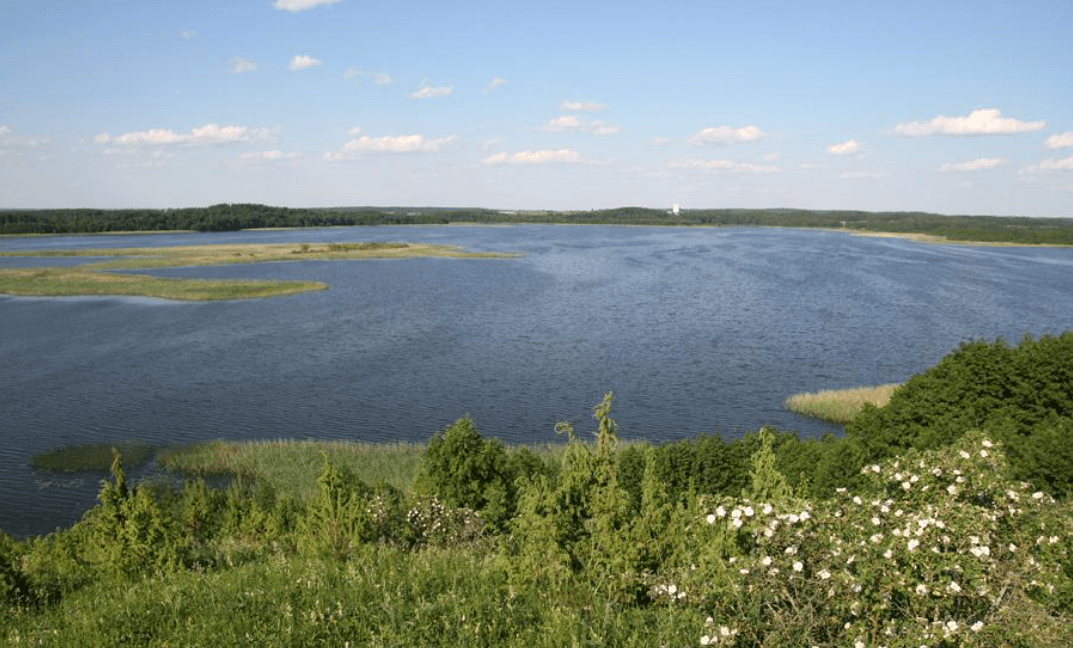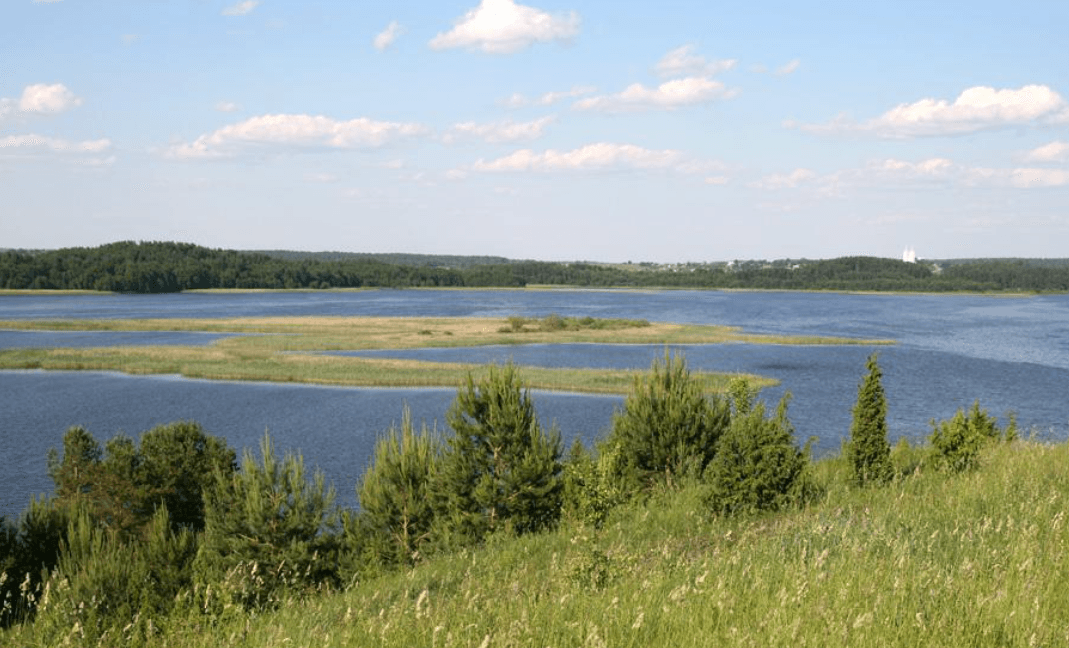Maskovichi. The ancient settlement.
Monument of archeology
Belarus, Vitebsk region, Braslav district, Maskovichi
Description
The ancient settlement in the village of Maskovichi is an archaeological monument of the XII—XIV centuries, between the lakes of Nespish and Nedrovo in the Braslav district. It is located on a hill with panoramic views of five lakes and the towers of the church in Slobodka.
Archaeologists have found bones with runes, a rare fibula and Viking women's jewelry here. The settlement is part of the tourist route "from the Varangians to the Greeks" and is conveniently accessible from the Braslav–Slobodka highway.
Categories
Historical
Comments
Reviews to the Place
1Murphy Darkwalker
22.06.2025
Maskovichi. The ancient settlement.
The Viking settlement in the village of Maskovichi (Maskovtsy) is one of the most striking archaeological sites in Belarus. Located on the northern shore of Lake Nespish (one of the "wandering" Braslav lakes), the settlement is a hill of glacial origin with an age of more than 15,000 years, which in the Middle Ages was used as a fortified parking lot and a trading fortress. Due to its elevated position and almost completely surrounded by water, this "castle hill" was an ideal point for observing the surroundings and controlling trade routes.
The history of its inhabitants goes back centuries. The first archaeological evidence indicates that there were fortifications of Polochan merchants and artisans at this place as early as the 1st century AD. The massive settlement of the settlement, however, dates back to the Viking age: the 11th–14th centuries, when Baltic, Slavic and Scandinavian cultural influences converged here. It was on the way "from the Varangians to the Greeks", which passed through the basin of the Western Dvina River, that punts with goods sailed here, and local residents purchased outlandish products from the far North.
Active excavations at the site were carried out in 1976-1988 under the leadership of Minsk archaeologist Lyudmila Ducits. At that time, many artifacts were discovered: hundreds of fragments of ceramics, metal products, coins and, perhaps, the most impressive find — bones of birds and animals with engravings of hand–like signs of the XI-XII centuries. These "runes" and drawings, intricately embedded in the bone, create the feeling that we are looking at notes or amulets of the Vikings. According to the typology, the finds are divided into three groups: letter-like signs, whole drawings, and grids with inscriptions. To engrave the symbols, the bones were previously steamed for a long time, which indicates the high skill and perseverance of the artisans of that time.
No less valuable was a rare bronze brooch with an ornament for Eastern Europe, indicating the close trade and cultural ties of the local population with Scandinavia. Women's jewelry made of bronze, glass and bone found at the ancient settlement attest to the high level of material culture and far-reaching contacts of the inhabitants of the Braslav region. All valuable exhibits are now kept in the funds of the Braslav Museum of Local Lore, where anyone can see them.
In addition to its archaeological value, the Maskovichi settlement is an excellent natural viewing platform: from its top there are views of five lakes of the Slobodka group (Nespish, Nedrovo, Potekh and others) connected by narrow channels. The towers of the Church of Divine Providence in the neighboring Slobodka village are visible on the horizon, and mixed forests and fields are spread around, creating a unique landscape. Ecological trails with information stands run along the hillsides, telling not only about the past of the settlement, but also about the flora and fauna of the Braslav region.
Today, Maskovichi is part of the tourist route "Along the Western Dvina River by way of the Varangians to the Greeks." This route allows travelers to trace the path of ancient merchants and warriors, to assess the historical significance of the settlements and fortifications associated with the Vikings. The convenient location — just five kilometers from the city of Braslav and next to the highway to Slobodka — makes this place accessible and popular among Belarusian and foreign tourists.
When preparing a tour of the Maskovichi settlement, the visitor should take into account:
- Comfortable shoes and weather—appropriate clothing - climbing the hill requires some physical effort.
- Don't forget the water and a light snack — there are no cafes around, and the views and fresh air require rest stops.
- Camera or smartphone — the landscapes of the Braslav lakes fascinate with their beauty.
- Visit the Braslav Local History Museum after visiting the ancient settlement to see the originals of the excavated finds.
The Maskovichi settlement is not just a mound or earthen ramparts, but a living chronicle of cultural exchanges, economic ties and military strategies of the peoples of the Middle Ages. This is a place where runes on bones tell about Viking traders, where the fortress-shelf lived the life of artisans, and the natural landscape helped to survive and trade. Today you can follow their footsteps, breathe in the atmosphere of antiquity and look at the world through the eyes of those who lived here a thousand years ago.
The Maskovichi settlement should definitely be included in the travel plan for Belarus, because history, archeology and the amazing beauty of the northern lakes are intertwined here. Tourists leave here with a sense of belonging to the great past and the inspiration to discover more than one monument of the "lands of the Varangians and the Greeks."

